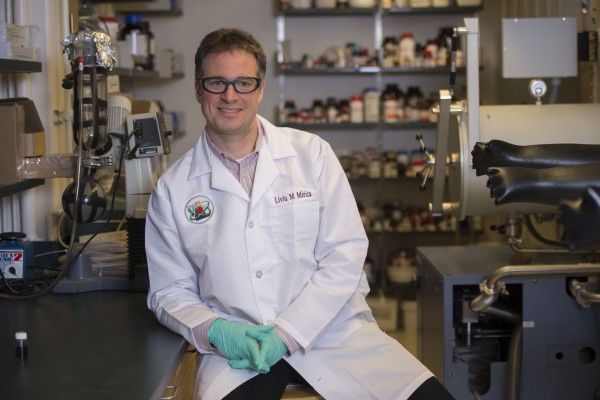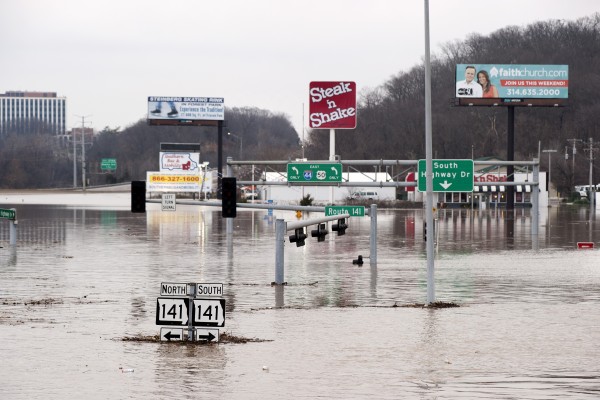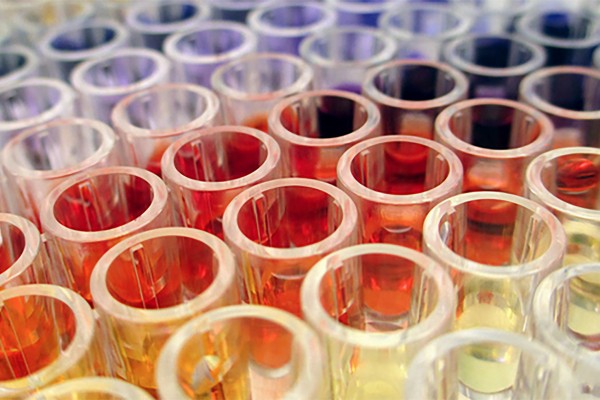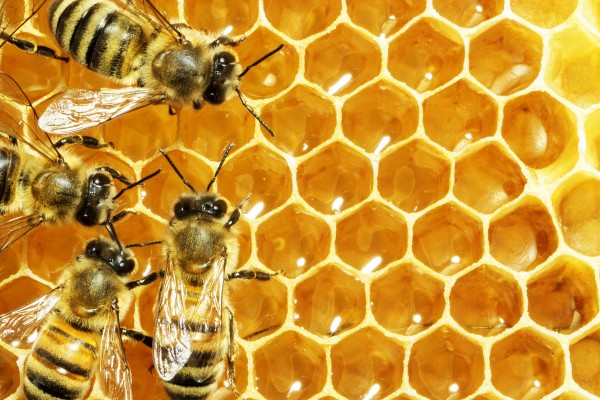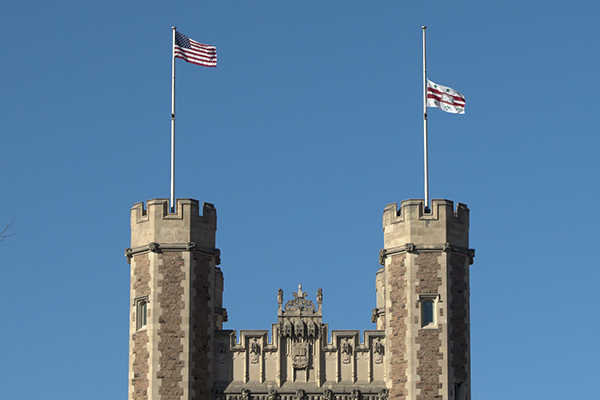Wearing of the green
Who better to explain the meaning of the shamrock than an ethnobotanist born and raised in Ireland? Peter Wyse Jackson, the George Englemann Professor of Botany at Washington University in St. Louis, indulges our curiosity.
Seventy generations of bacteria
As scientists look for replacements for our dwindling stock of antibiotics, the evolution of resistance is never far from their minds. Washington University in St. Louis biologist R. Fredrik Inglis explored the ability of bacteria to become resistant to a toxin called a bacteriocin by growing them for many generations in the presence of the toxin.
Habitable Mars topic of 2016 McDonnell Distinguished Lecture
John P. Grotzinger, the scientist who led the Mars Rover Curiosity mission that discovered evidence of water in 2012, will deliver the McDonnell Distinguished Lecture on Wednesday, March 2, at Washington University in St. Louis.
Longer-lived imaging agents could hasten Alzheimer’s research
A chemist at Washington University in St. Louis hopes to develop bifunctional compounds that can be both therapeutic and diagnostic agents for Alzheimer’s disease. In the first role, they would block the metal-mediated formation of amyloid beta oligomers; in the second, they would be loaded with a long-lived radioistope (Cu-64) and employed as PET imaging agents.
Science and the pleasure of learning
This month, Barbara Schaal, dean of the Faculty of Arts & Sciences at Washington University in St. Louis, assumes the presidency of the American Association for the Advancement of Science (AAAS), the world’s largest general scientific society. In a Q&A, she talks about science and how its nature and practice have changed during her career.
Record Missouri flood manmade calamity
Why was the New Year’s flood in Missouri so bad? Most news reports blamed it on the heavy rain, but Robert Criss, PhD, professor of earth and planetary sciences in Arts & Sciences at Washington University in St. Louis says analysis of the flood data shows much of the damage was due to recent modifications to the river.
Antibiotics: Thinking outside the vial
Given that antibiotics are losing effectiveness faster than we are finding replacements for them, chemist Timothy Wencewicz in Arts & Sciences at Washington University in St. Louis suggests a new approach. Drugs that hobble the production of virulence factors — small molecules that help bacteria to establish an infection in a host — would put much less selective pressure on bacteria and delay resistance.
The secret life of bee genes
Genes inherited from mothers (matrigenes) and fathers (patrigenes) usually work harmoniously in the offspring. However, kin selection theory predicts these genes may be in conflict in interactions among relatives in which they are unequally represented (half-siblings). In honey bees, patrigenes are predicted to favor daughters that lay eggs themselves rather than remaining sterile and rearing their half-sisters’ offspring. An experimental test bears out this prediction.
Obituary: Daniel J. Leopold, 61, research associate professor of physics
Daniel J. Leopold, PhD, research associate professor of physics in Arts & Sciences at Washington University in St. Louis, died Dec. 10, 2015, after a battle with pancreatic cancer. He was 61.
Forensic seismology tested on 2006 munitions depot ‘cook-off’ in Baghdad
Curious seismologists who looked at the recordings made by a seismic station four miles away from the “cook-off” of an ammunition holding area in Iraq in 2006 found they could distinguish, mortars, rockets, improvised explosive devices, helicopters and drones. Seismology is increasingly being used for investigative purposes, they said, not just to detect earthquakes.
View More Stories



